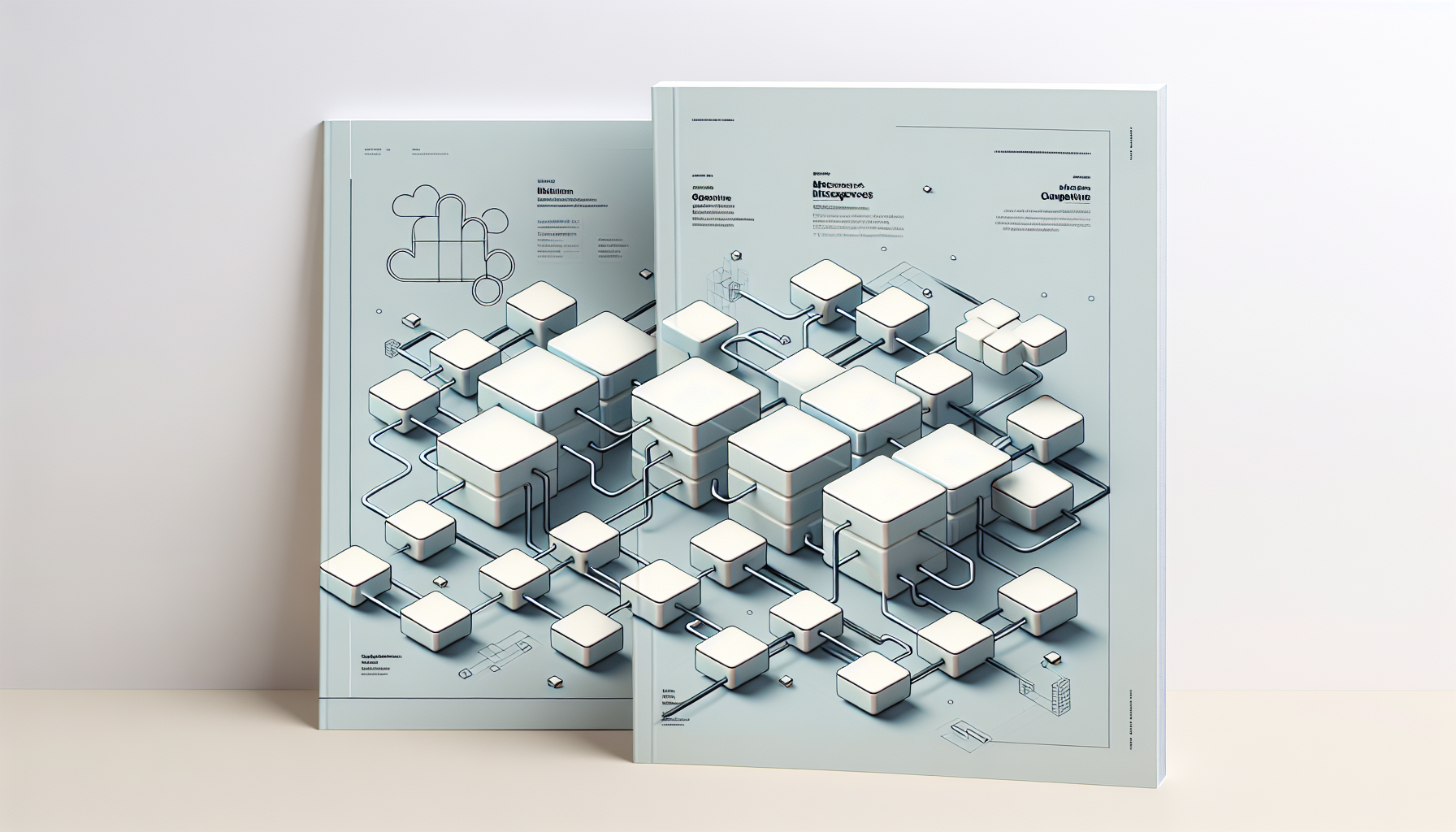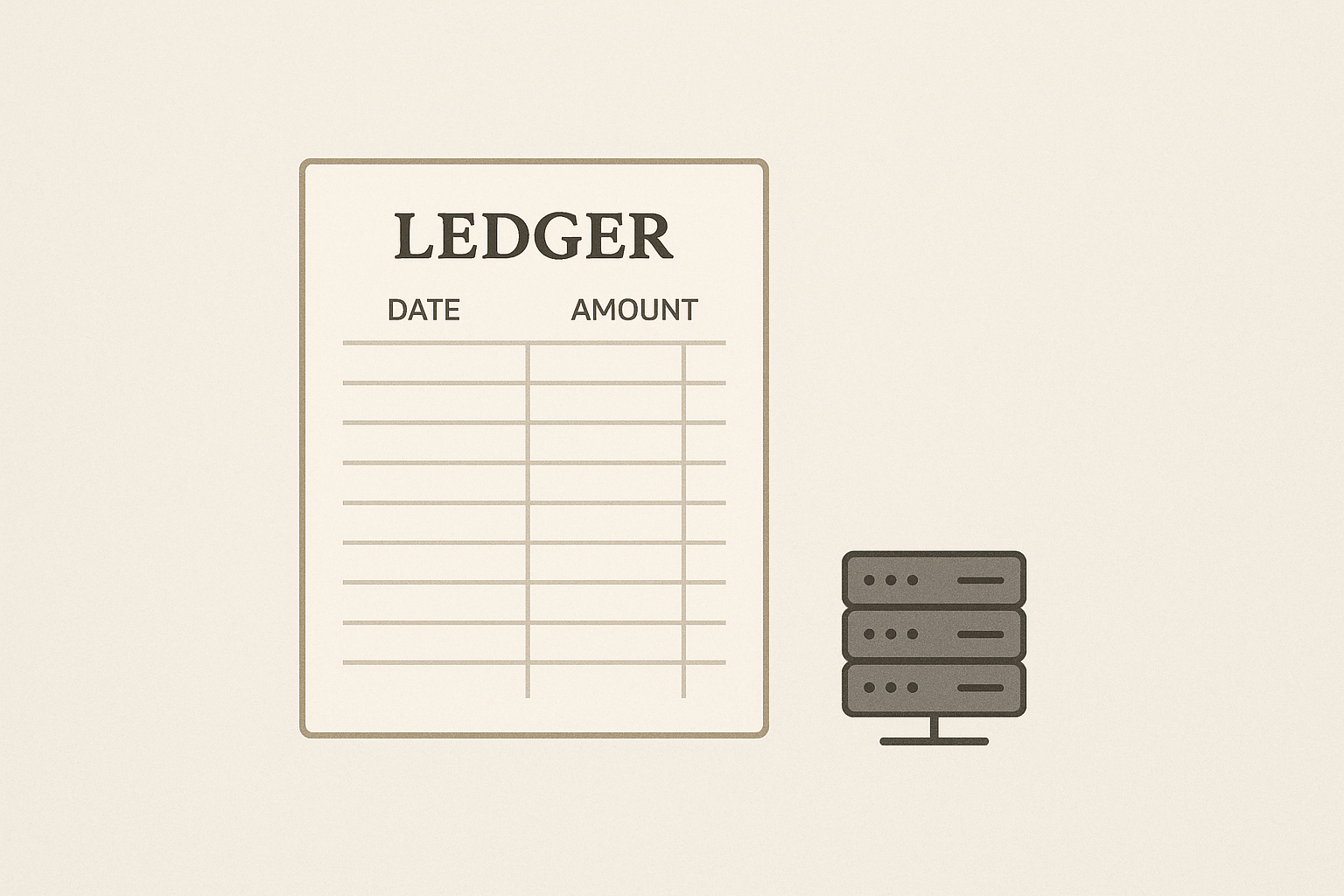Building Resilient SaaS Architectures for Lasting Business Agility
Design SaaS platforms with resilience and agility to thrive in evolving market conditions.

Understanding SaaS Resilience
Resilience in SaaS platforms means creating systems that sustain functionality and performance despite failures, scaling demands, or cyber threats. A resilient architecture enhances business agility, allowing enterprises to adapt swiftly and confidently to market changes.
Did You Know? Resilient systems can reduce downtime by over 90%, directly improving customer satisfaction and revenue continuity.
Evergreen Challenge: Designing for Uninterrupted Growth
Startups and established firms alike must architect SaaS solutions to manage load variability, component failures, and security risks simultaneously, without re-architecting at every growth phase.
Solution 1: Microservices with Circuit Breaker and Event-Driven Patterns
Implement microservices decomposed by business capabilities, communicating asynchronously via event-driven messaging. Use circuit breakers to isolate faults and prevent cascading failures.
- Step 1: Define bounded contexts aligned to core SaaS features.
- Step 2: Build stateless microservices communicating through message queues (e.g., Apache Kafka, RabbitMQ).
- Step 3: Integrate circuit breaker libraries (e.g., Netflix Hystrix or Resilience4j) to detect and contain service failures.
- Step 4: Employ eventual consistency for data where strict ACID is not critical, improving availability.
// Example using Resilience4j Circuit Breaker in Java microservice
CircuitBreaker circuitBreaker = CircuitBreaker.ofDefaults("saasService");
Supplier decoratedSupplier = CircuitBreaker
.decorateSupplier(circuitBreaker, () -> callExternalService());
Try.ofSupplier(decoratedSupplier)
.recover(throwable -> "Fallback response")
.get();Pro Tip: Keep microservices small, loosely coupled, and autonomous; it streamlines fault isolation and scaling.
Solution 2: Multi-Region Deployment with Infrastructure as Code (IaC) and Chaos Engineering
Deploy SaaS platforms across multiple geographic regions to mitigate data centre outages and latency spikes.
- Step 1: Use IaC tools (Terraform, AWS CloudFormation) to deploy consistent environments globally.
- Step 2: Configure DNS routing (e.g., Amazon Route 53 latency-based routing) for optimal regional failover.
- Step 3: Integrate chaos engineering practices (e.g., Gremlin, Chaos Monkey) to simulate failures and validate system robustness.
- Step 4: Automate blue-green or canary deployments to reduce downtime during updates.
resource "aws_route53_record" "saas_failover" {
zone_id = var.zone_id
name = "app.example.com"
type = "A"
set_identifier = "primary-region"
ttl = 60
records = [aws_instance.primary.public_ip]
health_check_id = aws_route53_health_check.primary.id
}
resource "aws_route53_record" "saas_failover_secondary" {
zone_id = var.zone_id
name = "app.example.com"
type = "A"
set_identifier = "secondary-region"
ttl = 60
records = [aws_instance.secondary.public_ip]
failover_routing_policy = "secondary"
}
Q&A: How often should chaos tests run? Continuous integration pipelines should incorporate chaos experiments regularly but with staged, controlled scope to prevent unintended service degradation.
Complementary Strategies
- Adopt comprehensive monitoring and alerting (Prometheus, Grafana) for proactive incident detection.
- Use feature flags to decouple deployment from release, enabling quick rollback and experimentation.
Did You Know? Companies using multi-region SaaS architectures have demonstrated up to 99.99% uptime, meeting stringent SLAs for enterprise clients.
Linking Architecture to Business Agility
By designing resilient SaaS systems, businesses ensure less downtime and faster iteration cycles, directly supporting innovation and market responsiveness. This approach complements API strategies detailed in Designing Scalable and Maintainable APIs for Long-Term SaaS Success.
Evening Actionables
- Audit your current SaaS platform for single points of failure and coupling.
- Implement circuit breaker patterns in critical service interactions with the provided Java example.
- Deploy multi-region infrastructure templates using Terraform to simulate failover scenarios.
- Integrate chaos engineering experiments gradually using open-source tools.
- Establish observability dashboards to monitor resilience metrics continuously.





Comments ()